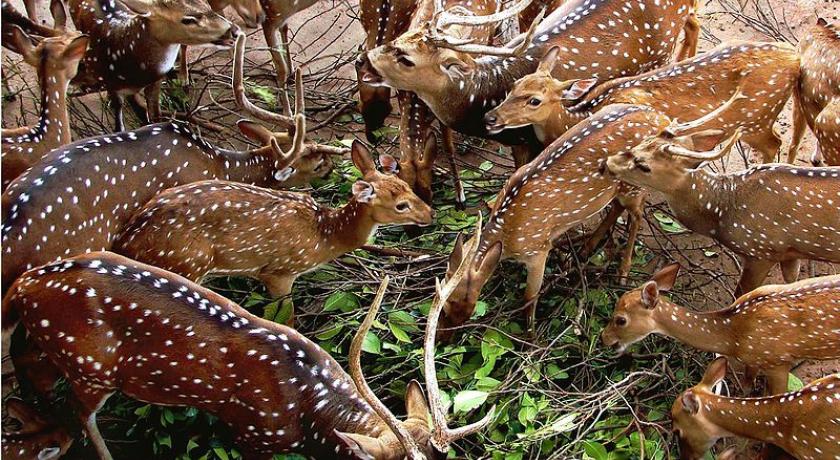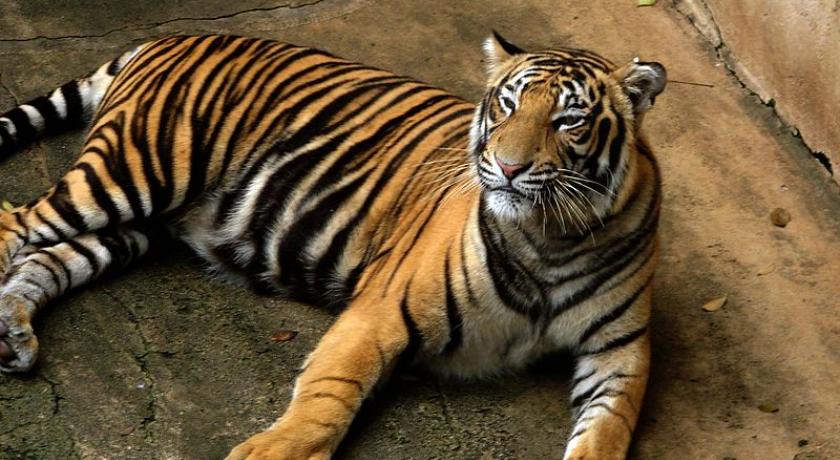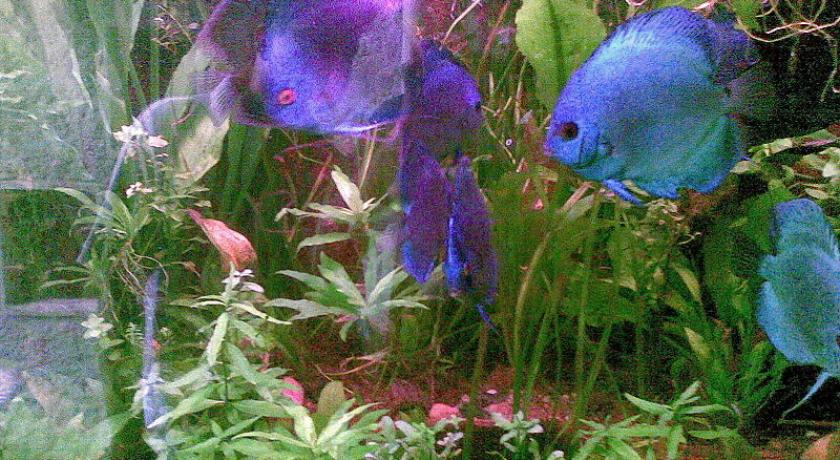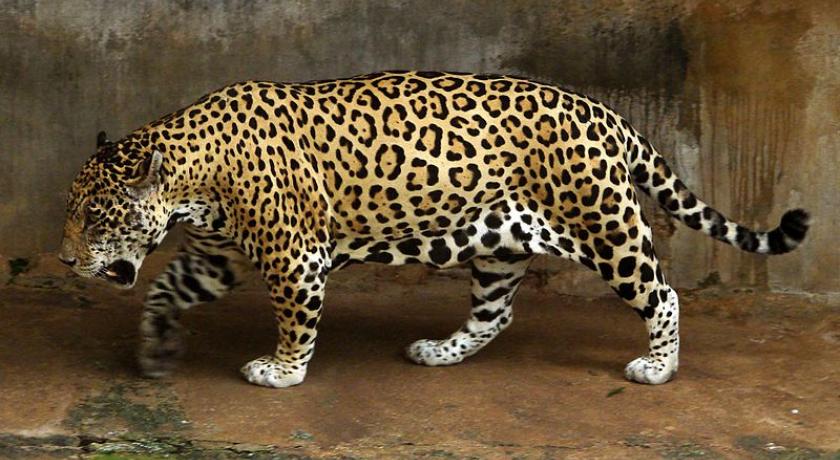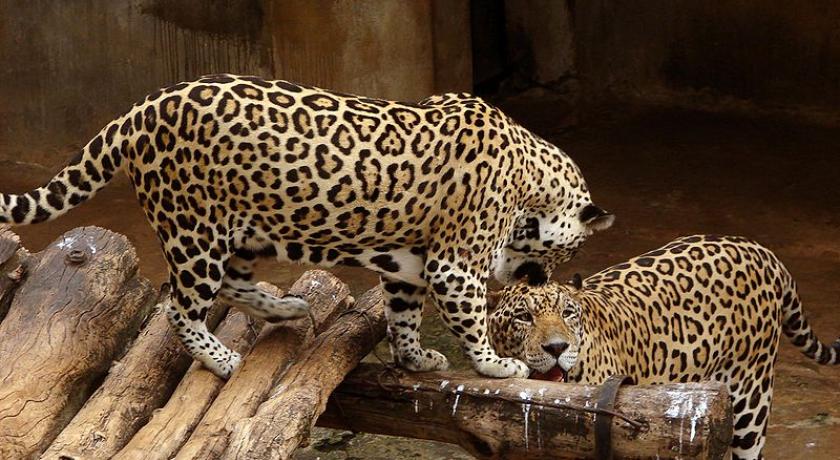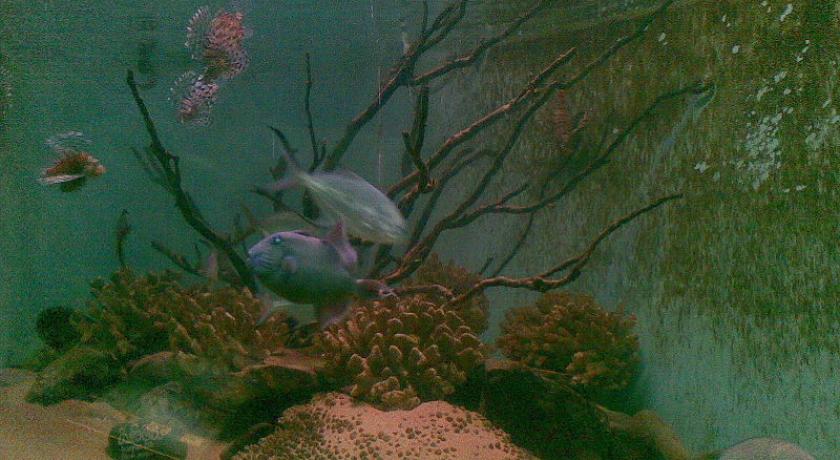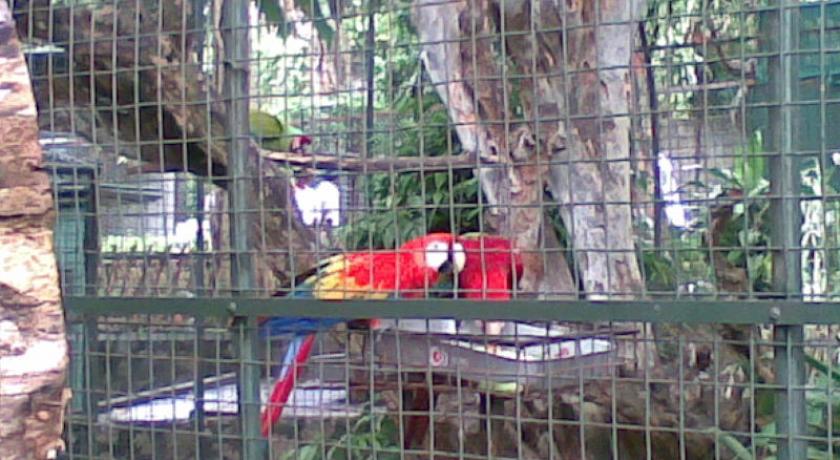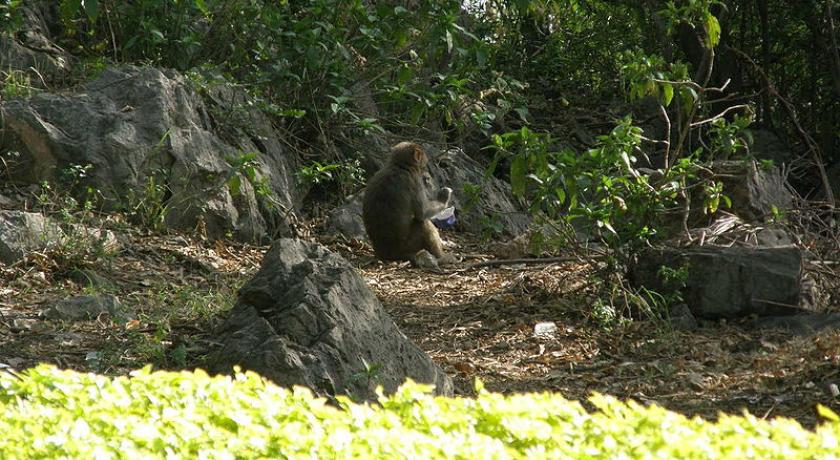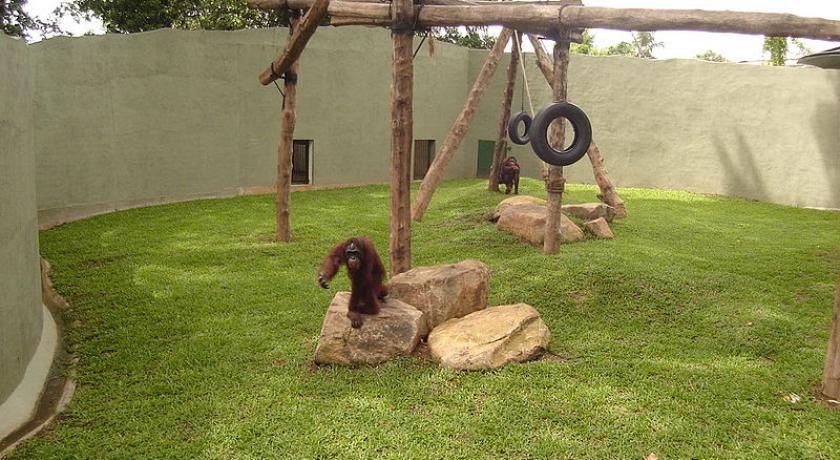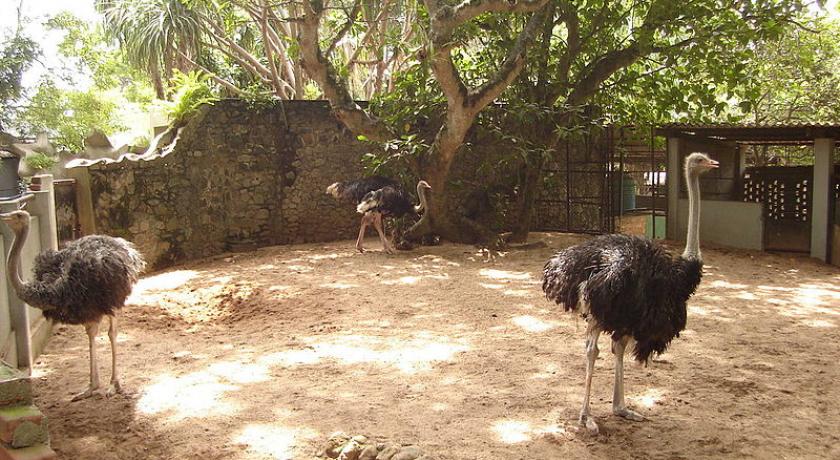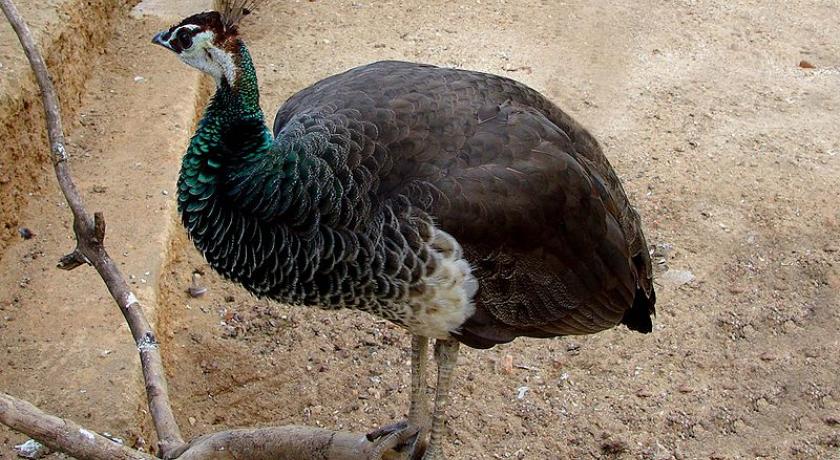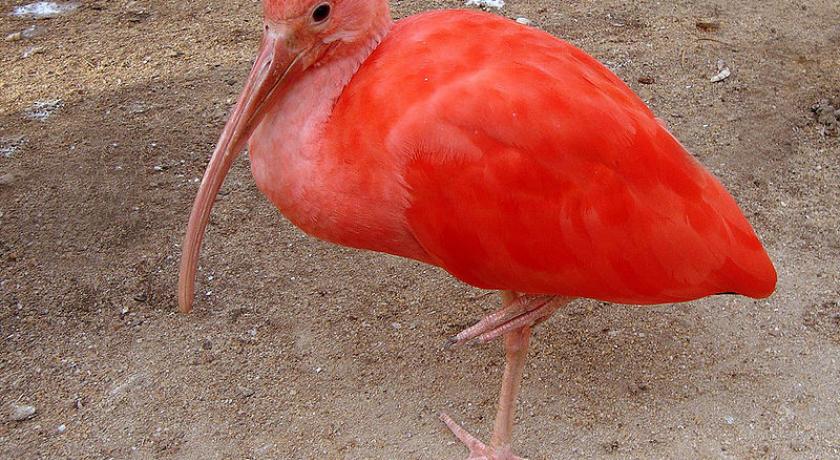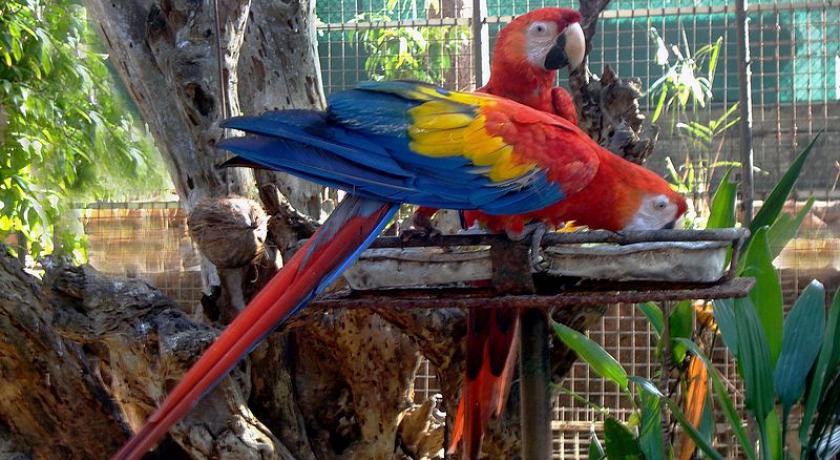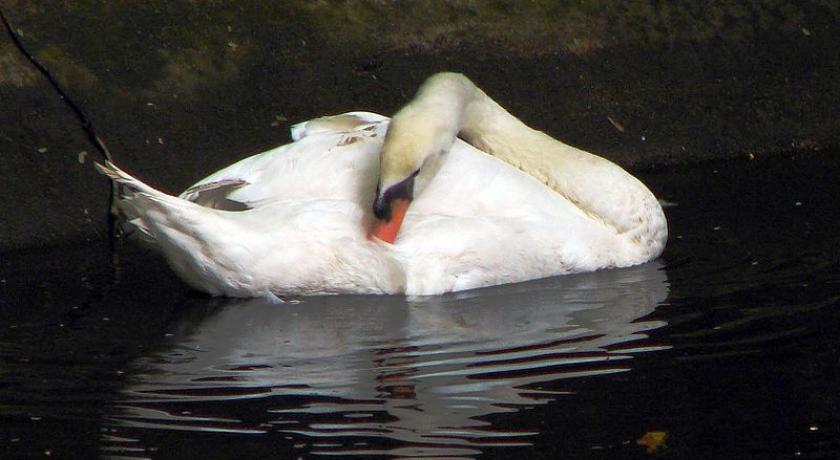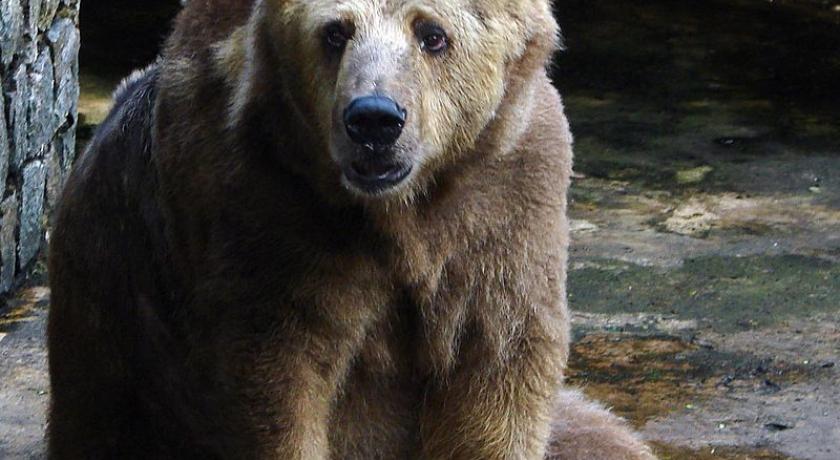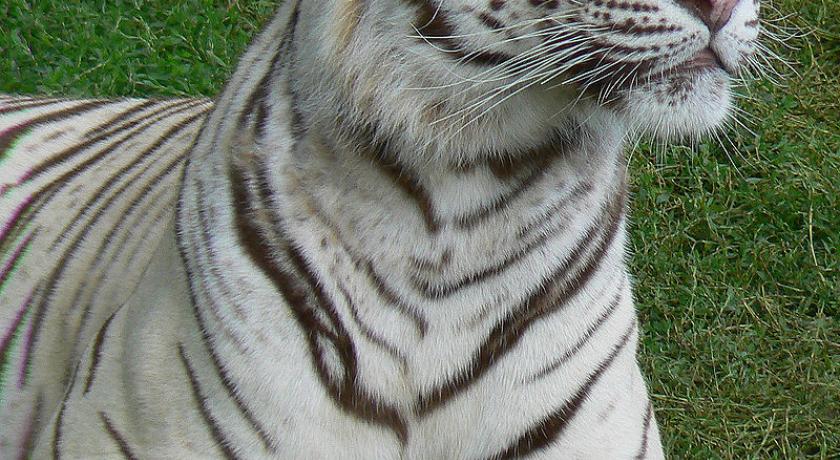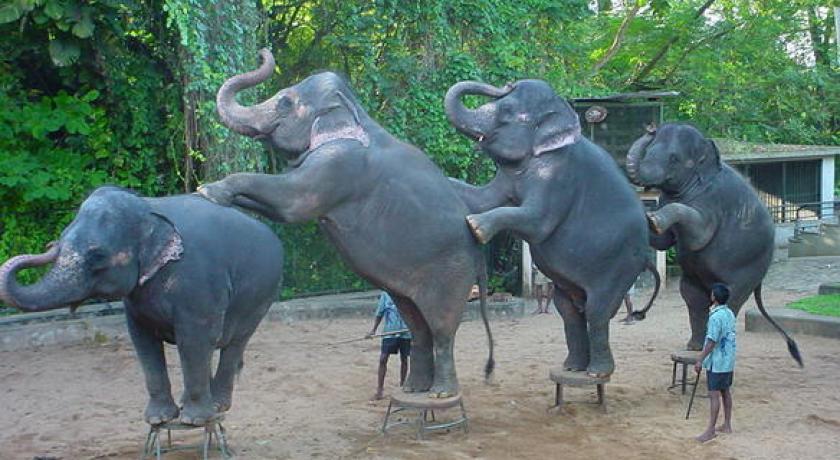Description
National Zoological Gardens of Sri Lanka (also called Colombo Zoo or Dehiwala Zoo) is a zoological garden in Dehiwala, Sri Lanka, founded in 1936. Its sprawling areas are host to a variety of animals and birds. The zoo exhibits animals but also places an emphasis on animal conservation and welfare, and education.
Visions for the zoo include, "To create one of the world’s outstanding zoological institutions, that is a centre of the excellence for conservation, research and education" and mission is "Resourceful conservation of animals by means of a learning, achieved through the exhibition of species which were adopted with loving care". The zoo has 3000 animals and 350 species as of 2005. The annual revenue is LKR 40 million.
The zoo exchanges its residents with other zoological gardens for breeding purposes.
History
Sri Lanka has a history of collecting and keeping wild animals as pets by some Sinhalese kings as well as some British people. What is known today as National Zoological Gardens of Sri Lanka was founded by John Hagenbeck in the late 1920s. It was closed at beginning of World War II in 1939 because of the owner of that company was a German. After liquidation of Zoological Garden Company in 1936, the government acquired much of the collection and added it to the Dehiwala Zoo (Zoological Garden of Ceylon) collection. Although Dehiwala Zoo officially began operating in 1939, an impressive animal collection already existed there as part of Hagenback company's holding area, where public could visit.
Major Aubrey Neil Weinman, OBE was the first Director of the Dehiwal Zoo. During his period various programs were developed, such as introducing more native and foreign species, educational and conservation programs, improving the facilities and infrastructures and more.
By 1969, half of the collection consisted of native species including virtually all of the mammals represented. In 1973, the zoo had 158 mammal species, 259 bird species, 56 reptile species and 7 fish species. However, not much has been reported on Zoo progress until the 1980s.
Zoo
Dehiwala Zoological Garden is one of the oldest zoological gardens in Asia. It has a substantial collection of worldwide animals. It is open all year long and can be reached by public transportation. Diversity of the zoo is indicated by the presence of an aquarium walk through aviary, reptile house, butterfly garden and many cages and enclosures.
The zoological garden has a small, but picturesque butterfly garden which is decorated with small shrubs, trees, creepers and small streams. Internal temperature and humidity of the house is controlled by artificially created mist. The butterfly garden exhibits 30 species of butterflies with their all stages of life cycle for educational purposes.
Landscape
Dehiwala Zoo has been designed into a beautiful landscape of colourful flowers, foliage and water fountains, the zoological garden is probably one of the few remaining places in the country where nature blends with a large variety of animal life.
The zoo has dense tree coverage and well landscaped gardens. To provide more natural habitats some lawns of the Zoo have been converted into small forest patches which are rich in rare plants. Valuable medicinal plants are prominent among the trees in these patches. The zoo consists of shady pathways with arched cemented bridges are classic ways to cross an animal enclosure although there are plenty of equal attractive alternatives.
Animal shows
Elephant performance
The elephant's performance are held at elephant arena with certain time table. Pachyderms in shows perform antics such standing on their heads, wiggling their backs to music, hopping on one foot and standing up on their hind legs.
Educational programme on chimps
One of the main attraction of Dehiwala Zoo is Sanju - a baby chimpanzee. Sanju was hand raised and now its show is exerted as educational programme about the chimpanzee's behaviors . People can enjoy Saju's daily performances.
Sea lion performances
The sea lions' performance are displayed daily at the sea lions' pool according to a time table. Two California sea lions are fed by their keepers during this wonderful moment.
Animals
The zoo consist of diverse indigenous as well as foreign wildlife including mammals, reptiles, birds and fish. Every year the zoo exchanges some of its animals with other zoos worldwide to enlarge the diversity of its animals and introduce new species of animals as well.Dehiwala Zoo always trying to introduce new members to their animal collection to expand it. In 2008, 3 month old seal has been brought to Sri Lanka from the Krefeld Zoo in Germany.
A green anaconda (Eunectes murinus) which was brought to Sri Lanka some five years ago along with a male of the species, has given birth to 23 baby anacondas in the Dehiwala Zoo in 2008, and 20 of them had survived.This was a very rare occasion of giving birth while in captivity, especially in a relatively unfamiliar territory.Ongoing animal breeding program is helpful for increasing the population of some animal species in the zoo and it also important for conservation of the endangered species in the world.
Source:https://en.wikipedia.org/wiki/National_Zoological_Gardens_of_Sri_Lanka
Address
National Zoological Gardens of Sri Lanka-Dehiwala
Sri Lanka
Lat: 6.856512070 - Lng: 79.872978210


